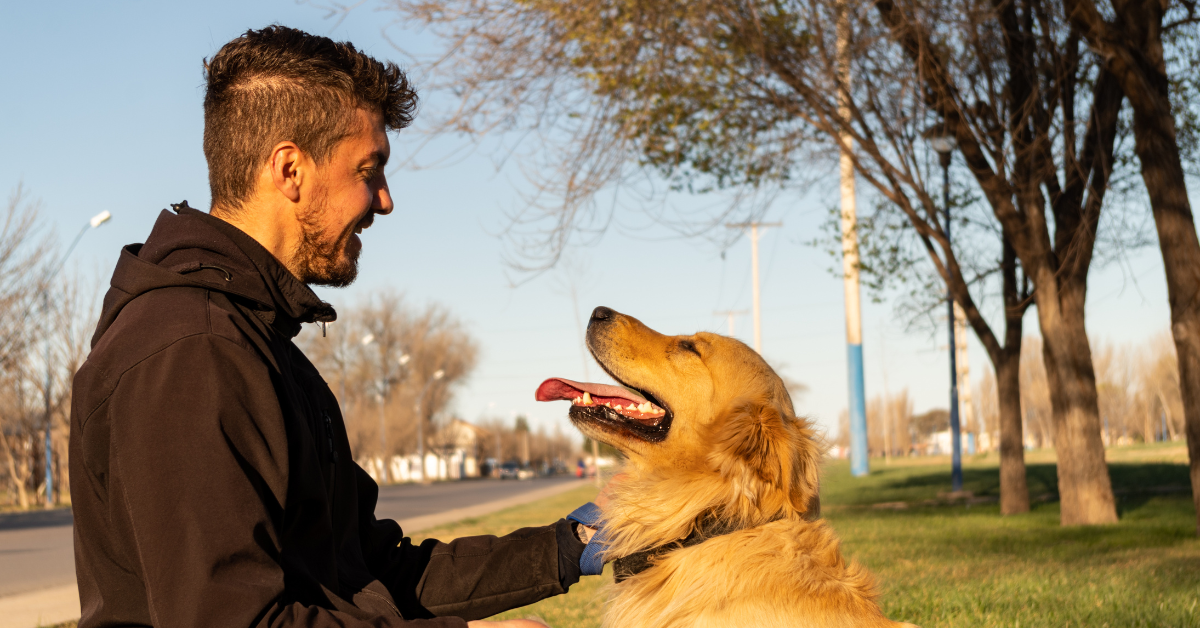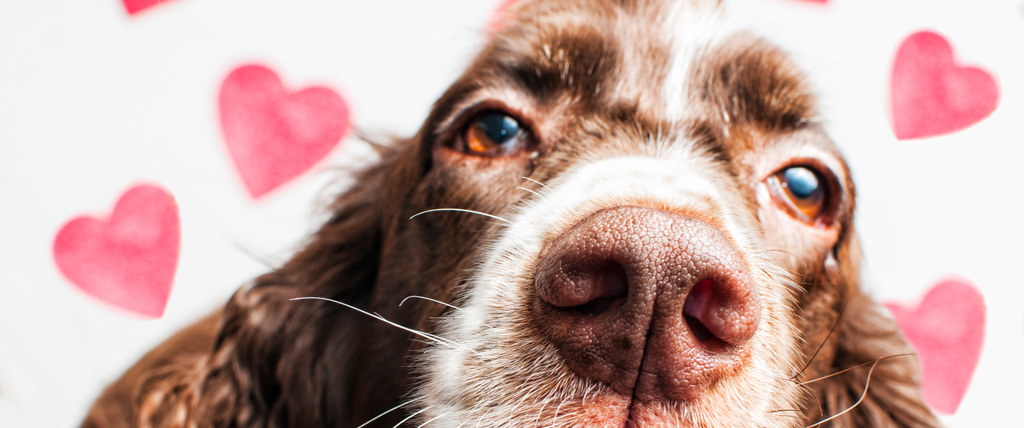Pets Show Their Love By Binkying, Popcorning and Bruxing… Whatever That Means…
Who has already purchased a heart-shaped toy for their pet for Valentine’s Day? Guilty! Our pets are family and we love them dearly. But do they have the capacity to love us back? There are many different opinions on that question. Do they actually love us? Are they simply bonded with us? Are some animals more capable of love than others? For those of us that live and work with many different pets, we know that they certainly do things that insinuate that they are quite happy in our company. Here are a few of the more interesting ways our pets show their love:
Eye Contact. In the canine world, eye contact can be a sign of aggression. Polite dogs who just want to get along avoid the long, hard stare that can be intimidating or intended to challenge other dogs. In dog world, avoiding eye contact is the most polite conversation, but when our dogs are happy and comfortable with us they give us that special gaze with those big, relaxed eyes and look to us for guidance.
Dog Leaning. Dogs often communicate a desire for affection by leaning against us when we pet them and give them attention. They may also be looking for reassurance. Leaning can mean other things, however, since dogs’ body language is complex. It’s important to look at the whole situation.
Gifts From A Hunt. Not for the faint of heart, but when your cat brings you her kill it is actually meant as a present… even though it’s a present you won’t want to touch with your bare hands. Cats are natural hunters, so when they bring you these gifts they are trying to show you what they can “offer” you. Think of it as a love token, even if the sight of a dead bird or rodent makes you wonder.
Binkying. Binkies are when a rabbit leaps in the air and flips its ears around. In rabbit world, binkies mean that your bunny is feeling happy and content.
Regurgitation. If your bird regurgitates its meal in an attempt to feed it to you, then he’s displaying the utmost trust and love for you. Yum!
Allopreening. Parrots in bonded pairs mutually preen, or groom, each other, and sometimes a parrot bonded with an owner will extend the same courtesy by chewing on the owner’s hair, beard, nails or even ears (ouch!) As long as things are gentle, this is your bird’s way of demonstrating a bond.
Popcorning. If your guinea pig is really excited, they may “popcorn,” which is when they leap up in the air. This is a sign that they are very pleased about something.
Winking. In chinchillas, winking usually occurs when the chinchilla is content or acknowledging a communication from its owner.
Dooking. This noise that ferrets make is partway between a clucking and a chittering. Expect to hear this when your ferret is very happy and wants to play with you. It’s a delightful, silly sound, and fits pretty well with their personalities. Not all ferrets are especially loud, while others are really very vocal about their affections and excitement.
Bruxing and Boggling. Pet rats who are content and relaxed will grind their teeth together; this is known as bruxing. People have compared it to a cat’s purring, and it can be very quiet, so if you’re a pet rat owner, pay attention for this clue your rat is enjoying his time with you. A more noticeable behavior is boggling, where the rat will bulge out his eyes. This means happiness too, although you might not guess it at first glance.
There are many other types of pets and many other strange signs off affection to study. Studying natural behaviors of different animals and how they interact with their humans can be fascinating. The bond between human and animal is truly extraordinary. We love deepening our bond with all of our clients and wish everyone a Happy Valentine’s Day!
Other Recent Blog POsts
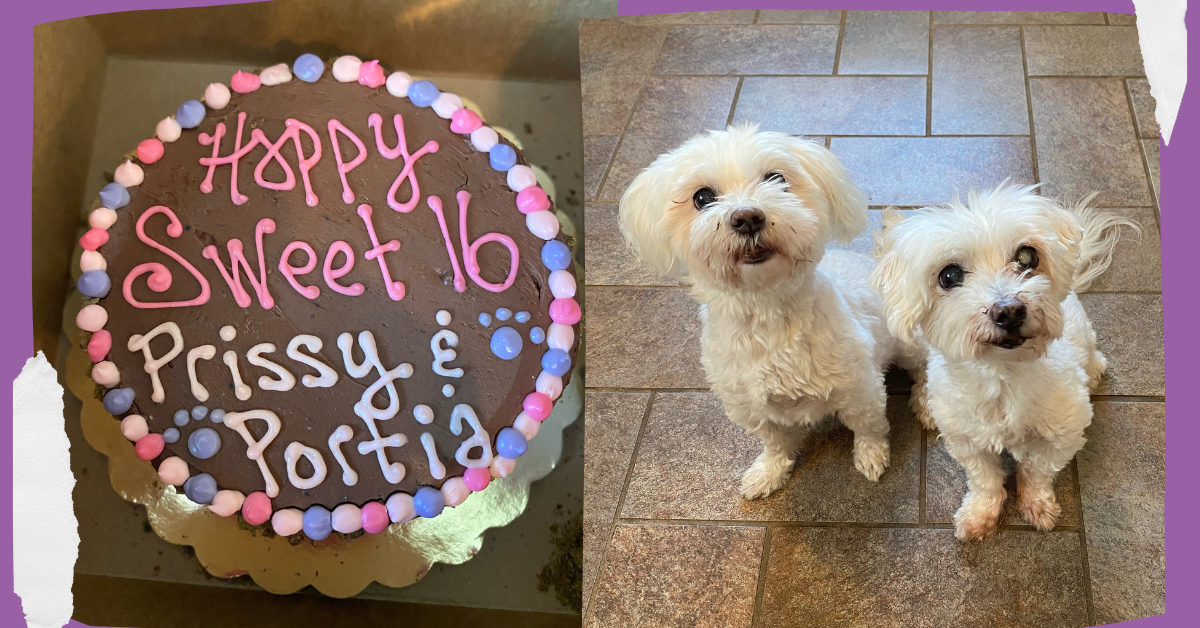
Celebrating The Original Floofins’ Sweet 16
July 24, 2024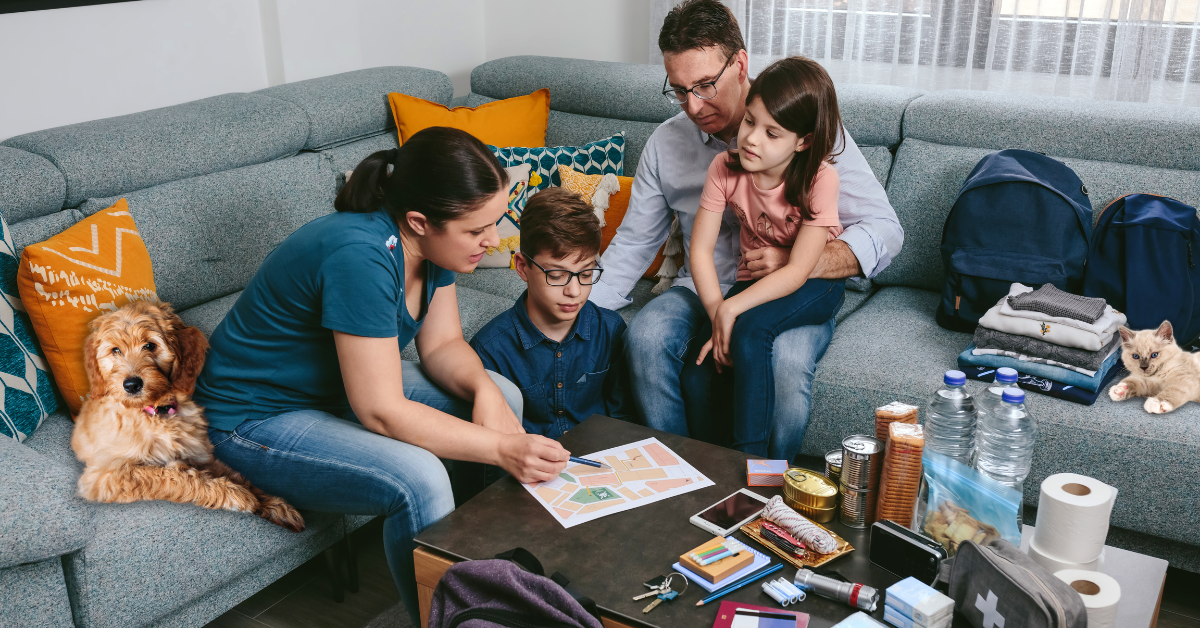
Emergency Planning for Your Home & Pet
July 18, 2024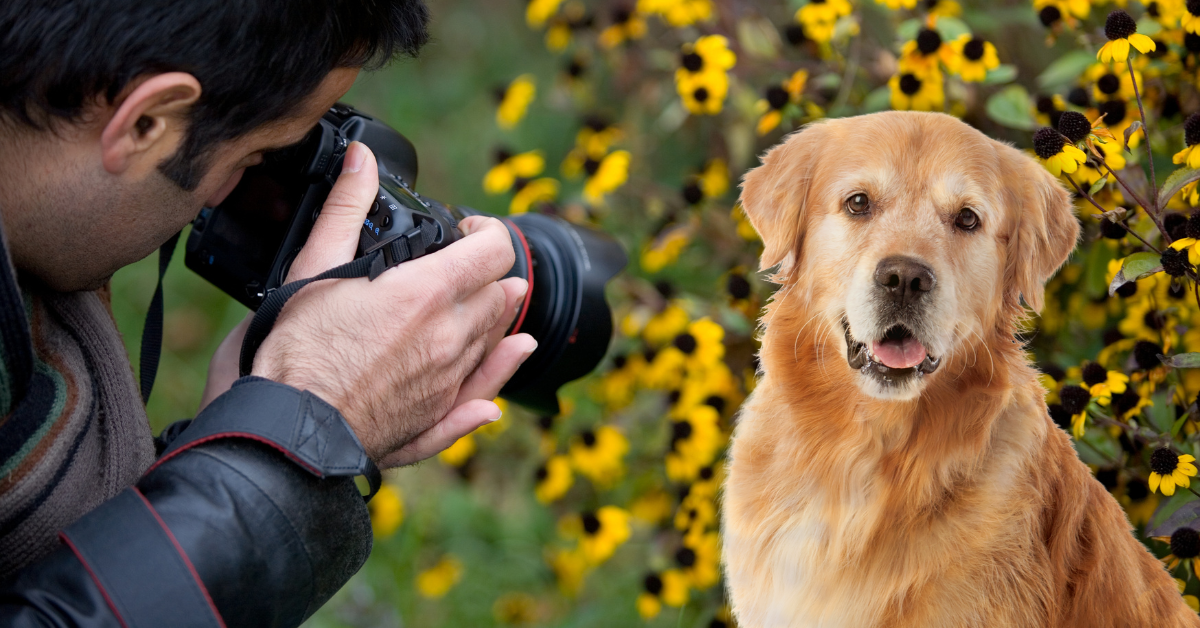
Beyond the Blurry Phone Pic: Schedule Professional Pet Photos Instead
July 10, 2024
Keeping Chicago Pets Safe on the Fourth of July
July 1, 2024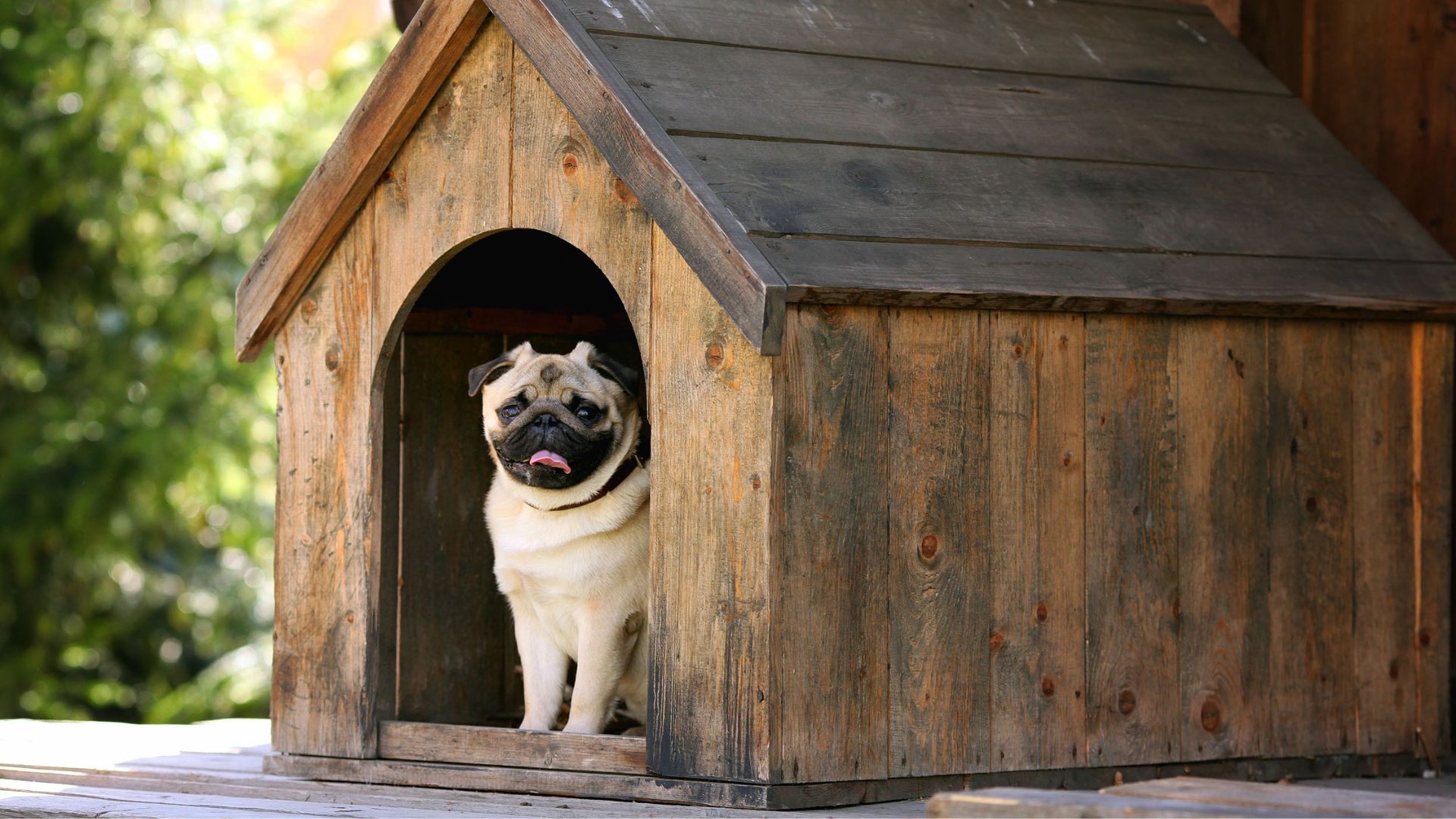
Why Floofins & Co. Leads the Pack
June 26, 2024